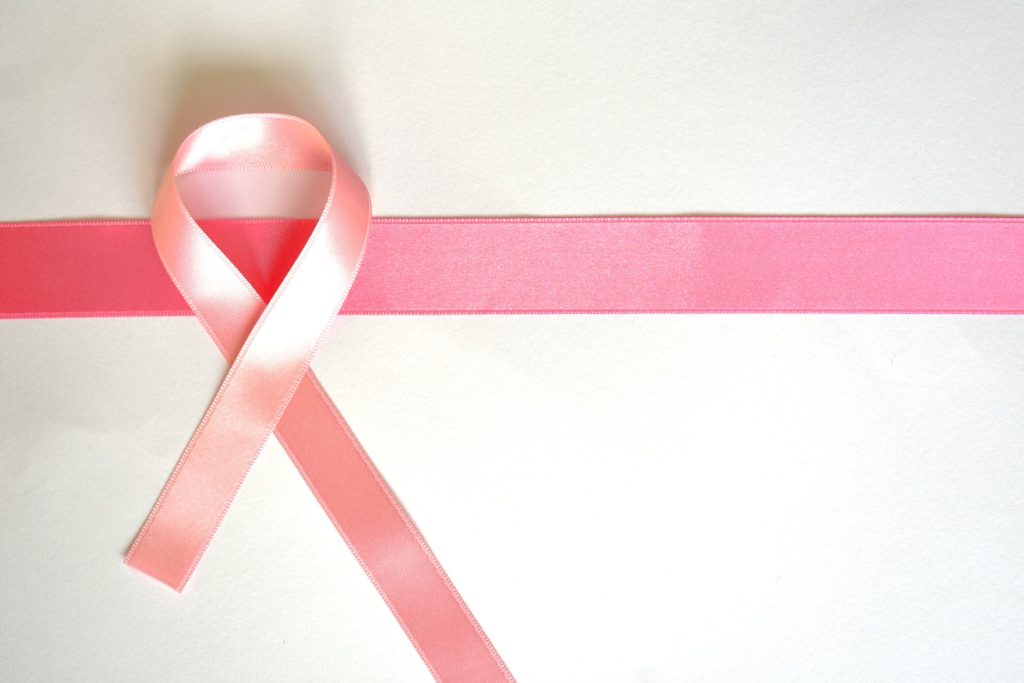Breast Cancer Awareness 101: Detection, Treatment and More

Nearly 3.1 million women in the United States are currently receiving treatments or are in remission from breast cancer. With it being one of the most prevalent forms of cancer, it is imperative that women schedule regular mammograms and know the early warning signs. To help you stay healthy and in control of your wellbeing, we’re sharing a few tidbits you should know about breast cancer in observance of Breast Cancer Awareness Month.
Early Warning Signs:
If you notice any abnormalities with your breasts, it could be an early warning sign of breast cancer. Talk to your doctor if you find any of the following:
- Portions of the breasts are swollen
- Abnormal breast or nipple pain
- Red or irritated skin on or surrounding the nipple
- Nipples are turning inward
- Discharge is coming from the nipples (other than milk)
Detection:
The best way to detect breast cancer is to schedule an annual mammogram. This appointment can detect breast cancer in its earliest phases when treatment options may be more manageable. Still, it is important to do self-breast exams in between mammograms to check for potentially cancerous lumps. Here are a few ways to check yourself, according to The National Breast Cancer Foundation:
- In the shower, use the pads of your fingers to move around your entire breast in a circular pattern, moving from outside in.
- Visually inspect your breasts in front of a mirror by raising your arms overhead and look for any changes in the contours or dimples of the breasts.
- Lie down and place a pillow under your right shoulder and your right arm behind your head. Move the pads of your fingers around your right breast in small circular motions. Repeat for your left breast.
Treatment:
The type of treatment needed for breast cancer depends on the stage, origin of the cancer and several other factors. Possible treatment routes include the following:
- Surgery is typically a part of the treatment. This can range from just removing the lump itself to removing the whole breast through various types of mastectomies.
- Many women receive radiation therapy, depending on the type of surgery that was performed. Radiation therapies include external beam radiation and internal radiation. One or both types may be required.
- Chemotherapy is commonly used after surgery to kill any remaining cancer cells. Your doctor may or may not recommend this route, depending on the patient’s individual situation.
Breast cancer is a daunting subject, but our licensed professionals are here to answer any questions you may have. Call us at (307) 634-5216 to set up an appointment today.


Leave a Reply